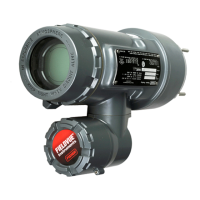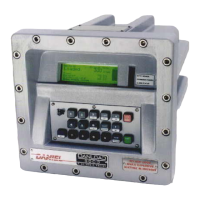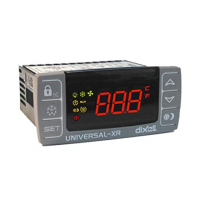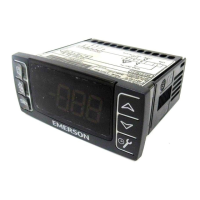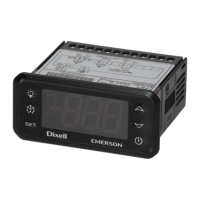DL8000 Preset Instruction Manual
Revised February-2016 Modbus Communications B-13
same point type and parameter and increment the point logical
number.
In parameter indexing, you map the Start Register to the selected
TLP. You then map subsequent registers (through the End Register)
to the same point type and point logical number, and increment
the parameter number.
Once you map a register, any Modbus request can reference it, provided
the TLP’s data type is appropriate for the function code.
Notes:
If the native DL8000 data type does not meet the requirements of
the Modbus host device, conversion codes are available to convert
the data to the required data type. Contact technical support
personnel.
You can select to have the mapping apply to all communication
ports or only a selected port.
When the DL8000 receives a Modbus request, it searches for the
referenced register(s). If the DL8000 finds a register number match, it
builds a response based on the device point type and parameter
configured in the table. If the DL8000 cannot locate a register number
match, it returns an error message.
To access the Modbus Registers screen, select Configure > MODBUS
> Registers tab. The Modbus Register screen displays (see Figure B-4).
The screen provides up to 24 register tables, each containing 15 table
entries. For each table entry, you can define multiple register using
either point indexing or parameter indexing.
Note: The DL8000 has no default values for the Modbus Register.
By making the registers continuous (that is, the Start Register address of
a new line is one greater than the End Register address of the previous
line), you can create a continuous data table for Modbus Function 3, 4,
or 16, up to the limit of 240 bytes. This type of data table allows you to
access all its data with a single request.
Map Periodic or Daily History index registers to the TLP for the
Periodic Index (Point Type 124, Parameter 5) or Daily Index (Point
Type 124, Parameter 6). In this TLP, the Logical number is the History
Segment number. Remember to create an index for each History
Segment from which you need to request history.

